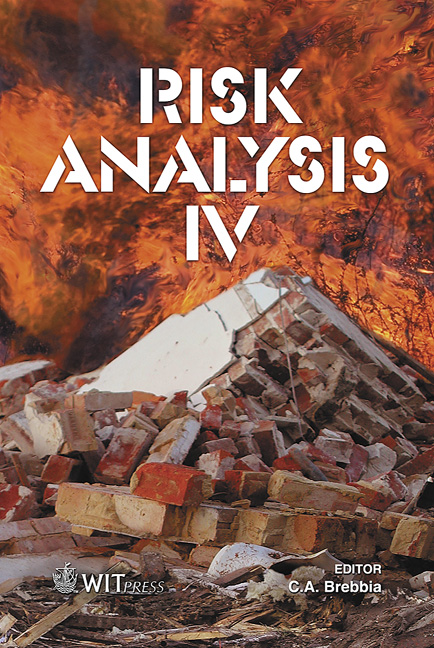Multi-step Matrix Game With The Risk Of Ship Collision
Price
Free (open access)
Transaction
Volume
77
Pages
12
Published
2004
Size
1,764 kb
Paper DOI
10.2495/RISK040611
Copyright
WIT Press
Author(s)
J. Lisowski
Abstract
This paper describes the process of the safe ship control in a collision situation using a differential game model with j participants. The basic model of the process includes non-linear state equations and non-linear time-dependant constraints of the state variables as well as the quality game control index in the form of the game integral payment and the final payment. As an approximated model of the manoeuvring process, the model of multi-step matrix game has been adopted here. The Risk Game Manoeuvring (RGM) computer program has been designed in the MATLAB 6.5 language in order to determine the ship’s safe trajectory. These considerations have been illustrated with examples of a computer simulation using an RGM program for determining the safe ship's trajectory in a real navigational situation. Keywords: differential games, matrix games, dual linear programming, safety navigation, risk analysis, ship control. 1 Introduction The process of a ship passing other objects at sea very often occurs in conditions of uncertainty and conflict accompanied by an inadequate co-operation of the ships with regard to the International Regulations for Preventing Collisions at Sea (COLREG). It is, therefore, reasonable to investigate, develop and represent the methods of a ship’s safe handling using the rules of theory based on dynamic games and methods of computational intelligence [1, 3, 4, 5, 6, 8, 23, 24, 25, 26]. In practice, the process of handling a ship as a control object depends both on the accuracy of the details concerning the current navigational situation obtained from the ARPA (Automatic Radar Plotting Aids) anti-collision system and on
Keywords
differential games, matrix games, dual linear programming, safety navigation, risk analysis, ship control.





